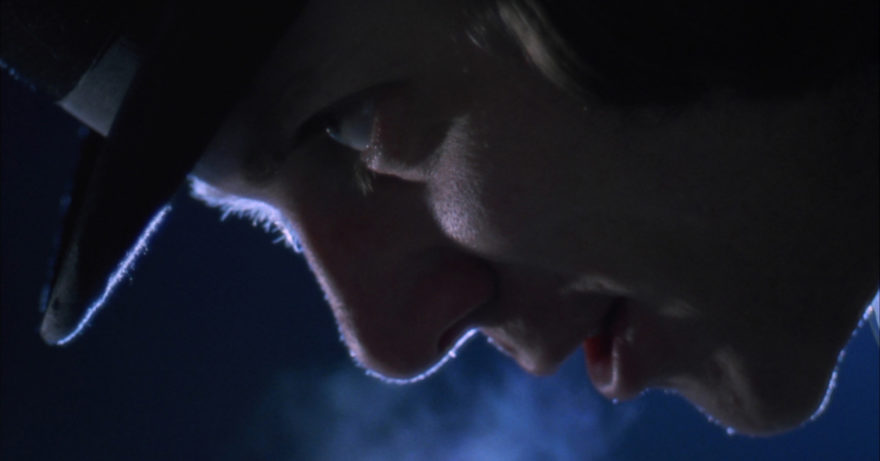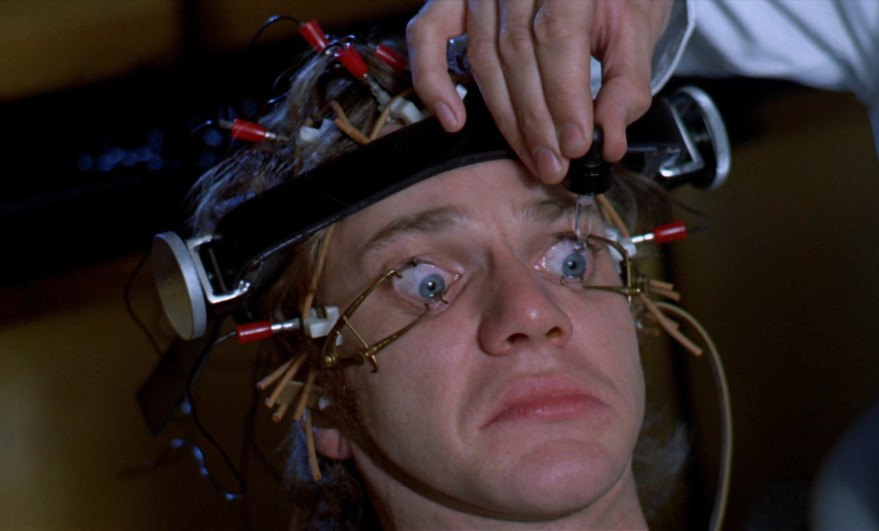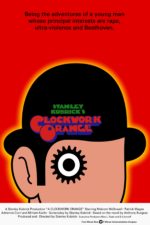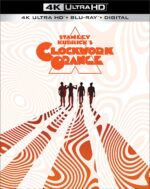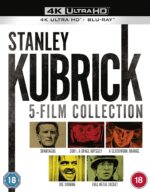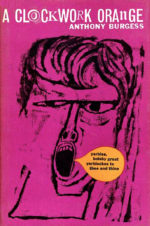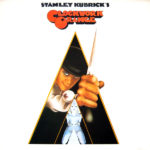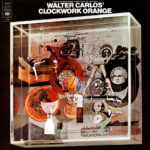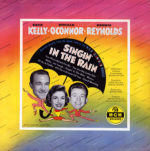A roller coaster ride of violence and dark humor, A Clockwork Orange follows a cheerful—and brutal—young hoodlum who steals what he pleases with a smile and a swift punch. In a future England, he and his mates go on an orgy of ‘ultra-violence’ and, like watching a car wreck, you can’t seem to look away from his vicious crime spree. And yet the film does not judge: it lets you decide what is right and wrong in a world where everyone games the system.
The film opens on a bizarrely dressed young man in a bowler hat. With bloody eyeball cufflinks and unsettling fake eyelashes on one eye, he browbeats his fellow ‘droogs’ before they set out for a night of havoc. He lives to have fun, dangerous, wreckless fun: gang fights, casual three-way sex, drag racing, breaking and entering—and even murder.
The film is amusing and violent and does not hold back: it makes you think, but it never gets preachy. The fast moving and compelling story gets you wrapped up in the fate of this clever and despicable young man as he cruelly destroys the lives of others, and then, in turn, he must to learn how to cope when he becomes the victim of his own actions.
The violent themes in A Clockwork Orange sparked great controversy. Director Stanley Kubrick lived in England, where many blamed the film for inspiring youths to enact horrific crimes. After a flood of negative press and death threats, Kubrick quietly pulled the film from distribution in the UK—where it was not seen again until after his death.
Anthony Burgess, the author of the novel, A Clockwork Orange, had mixed feelings about the film, supporting it publicly but privately worrying that Kubrick’s ending missed the point of his novel. Except for the omission of the book’s final chapter, the film does follow Burgess’ novel very closely. In fact, during filming, Kubrick often brought the book to the set—working directly from its pages.
Kubrick spent days rehearsing the notorious home invasion scene, but was not happy with it until actor Malcolm McDowell came up with the idea of using the song “Singing in Rain” during the horrific rape scene. Kubrick loved it—and McDowell says that Gene Kelley, star of Singing in the Rain, never forgave him for using that song set against such a grotesque backdrop.
Kubrick also embraced the slang used in Burgess’ novel, which the author invented: a mix of Cockney, Russian and Shakespeare. Kubrick worried that it would turn people off, but, instead, it has become one of the film’s lasting charms.
Insisting on keeping the budget low, after receiving criticism for the historic costs of 2001: A Space Odyssey, Kubrick shot A Clockwork Orange for only $2.2 million. To save money, the film was shot almost entirely on real locations and was lit with the equivalent of a student lighting kit. He even refused to pay actor Malcolm McDowell for all of his work recording the narration, which started a long-time a rift between them.
The film was a critical and box office success, and by earning $27 million it was one of Warner Bros biggest hits of the year. While some major critics, including Roger Ebert, took a dim view of the film, most embraced it. Honored with a prestigious Hugo science fiction award, A Clockwork Orange was also nominated for four Oscars as well as many other international film awards. It also appears on four of the AFI’s top 100 films lists.
Enjoying the site? If so consider supporting it with alien-infused caffeine…


